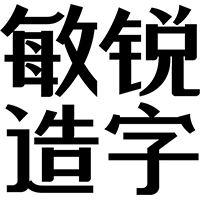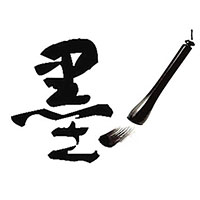Solving the Challenges of Asian Web Fonts
Last month, I was honored to give a presentation at the ATypI Hong Kong 2012 Conference titled "Solving the Challenges of Asian Web Fonts."
To view my ATypI presentation on Slideshare, click here http://slidesha.re/XUpldI
The Fonts.com Web Fonts service features the widest language support including many non-Latin scripts (Cyrillic, Greek, Thai, Arabic, Hebrew, Armenian and Devanagari) and East Asian fonts (Simplified and Traditional Chinese, Japanese and Korean). Our experience in being the first to support this broad range of languages and scripts has allowed us to gain insights into early adoption of non-Latin and Asian Web fonts by Web designers and developers.
The main benefits of Web fonts, no matter the language or geographic market for your audience, are:
Establish typographic consistencyImprove user experienceEliminate the use of text as graphics, improve workflowEnhance SEO, accessibility

When we surveyed the most visited websites across the globe, we found that 10 to 15 percent are already using Web fonts. But for East Asian languages and scripts, only a handful has started to deploy Web fonts. Why is that?
Consider the two primary challenges for developers of Asian websites:
Website design issuesAsian Web font file sizes
Most Asian websites are very text intensive, using large amounts of text at small sizes with very little use of white space like most "western" style websites. Web fonts can benefit headlines and replace images. For smaller amounts of text, system fonts have typically been used but now more typographic options are becoming available to designers.

The second challenge for Asian website designers is how to overcome the huge file sizes. Chinese, Japanese and Korean fonts can range in size from 2MB to 10MB. Linking to multiple font files of this size is not an option for most developers due to latency concerns.

The best solution is dynamic subsetting – where a small Web font file is built and downloaded on the fly (using the characters only found on each page). Fonts.com Web fonts deploys dynamic subsetting on all its Asian Web fonts, so fonts get downloaded in milliseconds and not minutes. To learn more and see an interactive demo of Dynamic Subsetting, visit http://fontsubsetter.com/.
With all the positive attention that Web fonts are receiving globally, I believe that this is the year non-Latin and Asian Web fonts take off!
































 闽公网安备35010202000240号
闽公网安备35010202000240号